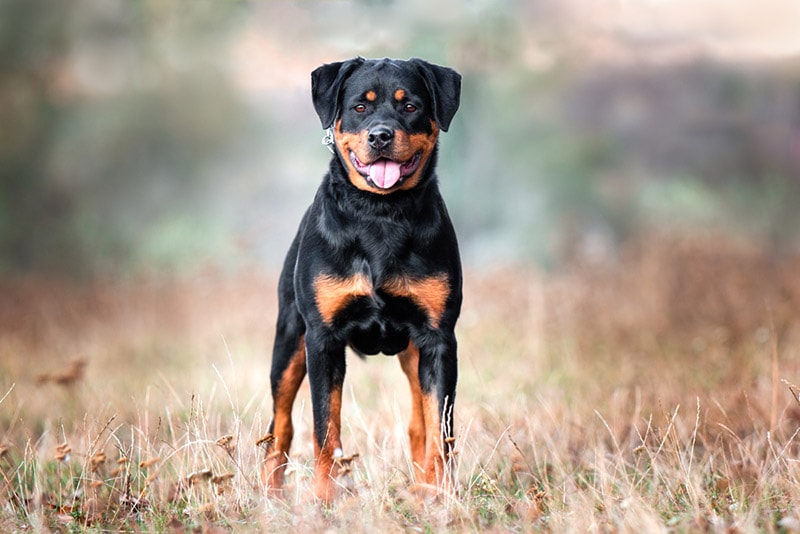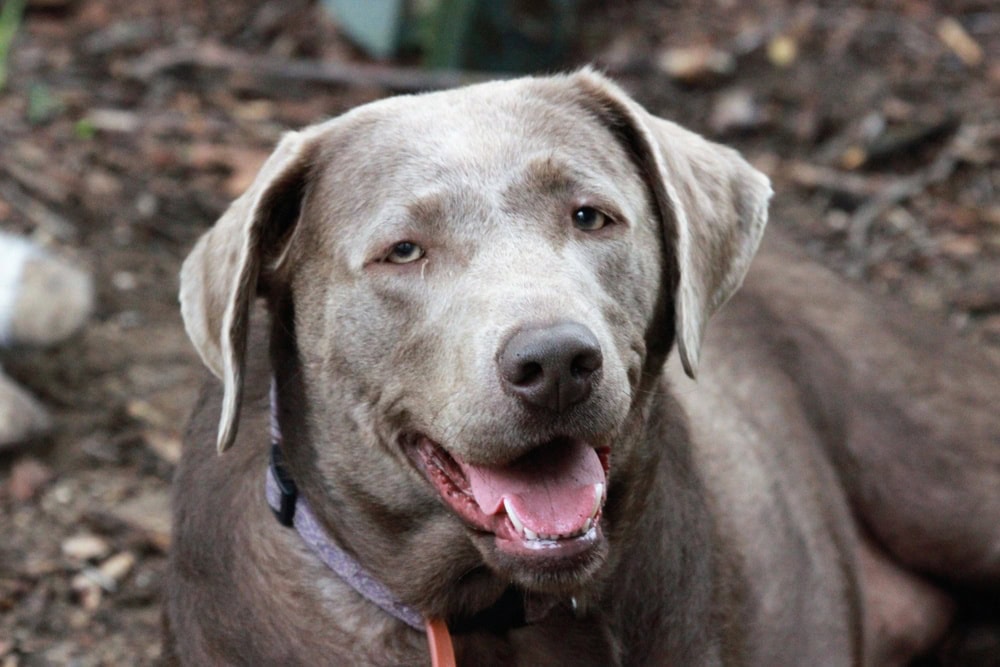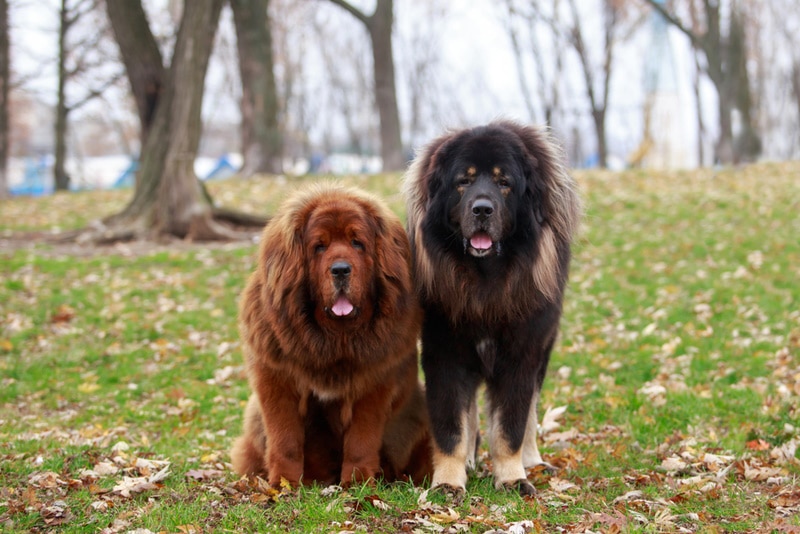What Is the Normal Respiration Rate for a Dog? Vet-Approved Facts & Guide
Updated on

Dogs, like all mammals, have “vital signs” that pertain to their overall health. These signs set a baseline normal to help veterinarians determine if your dog needs veterinary care. They include body temperature, heart rate, gum color, and a vital sign you can determine for yourself at home: your dog’s respiratory rate. That’s the number of breaths a dog takes in 1 minute, which is 15 to 30 on average. If your canine companion is breathing much faster or slower than this, there’s a good chance something is amiss with their health.
Knowing this vital information, you might be curious about other vital signs your dog has and what’s normal for all of them. We have the information below, along with tips and advice about tracking your dog’s vital signs and helping them stay healthy.
What Are All of the Vital Signs for Dogs?
There are four vital signs that a veterinarian will check if your dog is having health issues. Medical doctors use similar vital signs for humans. For example, if your dog’s temperature is above 102.5 ℉, there’s a good possibility they have an infection.
Your dog’s heart rate being constantly elevated is a reason for concern, although normal ranges differ between dogs. A small breed dog’s normal heart rate is between 100-140 beats per minute (bpm), while a medium or large breed can be between 60-100 beats per minute.
The vital signs vets look for when you take your dog for care include the following:
| Heart rate small breed: | 100 to 140 breaths per minute (bpm) |
| Heart rate large breed: | 60 to 100 breaths per minute (bpm) |
| Respiratory rate: | 15 to 30 bpm |
| Body temperature: | 101.5 to 102.5 ℉ |
| Mucous membrane color: | Light pink gums |

How to Check Your Dog’s Respiratory Rate
It’s quite easy to check your dog’s respiratory rate, but it must be done correctly to be as accurate as possible. For example, you shouldn’t check your dog’s respiratory rate if they’re panting from the heat or have just finished running around your yard. Below are some easy, step-by-step instructions to check your dog’s respiration rate at home.
- Only check this vital sign when your dog is resting or sleeping
- Grab a timer or use one on your smartphone
- Set the timer to 60 seconds
- You can count as your dog’s chest rises and falls with each breath
- Engage your timer and start counting breaths
- Count until the timer goes off at 60 seconds
If all is well, you will count between 15 and 30 breaths, give or take a few. If your dog’s numbers are far below or above the normal vital sign numbers, take them to the veterinarian. Most vets agree that anything above 40 breaths per minute is concerning if your dog is resting.
Is Panting a Form of Breathing?
One thing that confuses many dog owners is the difference between normal breathing (respiration) and panting. Yes, panting and breathing are similar and help your dog take in oxygen. However, panting is much more rapid and shallow than normal breathing and something most dogs do when they’ve been exercising, running around, or playing. That’s why determining a dog’s respiratory rate should never be done while it’s panting, as a dog can pant up to 300 times a minute.

When Is Heavy Panting a Problem for a Dog?
Dogs pant when they’re excited or have been exercising. Dogs also pant when they’re hot, as releasing hot air and inhaling cool air help to reduce a dog’s body temperature. Extremely heavy panting, however, can be a sign of illness or distress for your dog. For example, if your dog has been through the trauma of an accident or been in a fight with another dog, it may pant very quickly. Below are several reasons dogs pant heavily that may be a cause for alarm and necessitate the need for a vet visit.
Your Dog Has a Chronic Illness
Several chronic illnesses can cause your dog to pant heavily. Usually, this will occur gradually at first and worsen as a dog’s illness worsens. Some of the most common chronic diseases that can cause heavy breathing or panting in dogs include the following:
- Respiratory issues
- Cushing’s disease
- Congestive heart failure
Your Dog Has Been Injured or Traumatized
A dog that’s been injured or severely traumatized by an event will often pant heavily, which is a sign they’re in pain. Getting hit by a car or fighting with another dog can cause a heavy panting response. If you notice your dog panting heavily and any of the following other signs, it’s recommended that you take your pet to the vet right away:
- Enlarged pupils
- Restlessness
- Licking or biting at the site of the injury
- Anxiety
- Lowered appetite
Remember that your dog’s injuries might be internal and thus go unnoticed by you, which is why knowing your dog’s normal respiration rate is so important. If your dog’s breathing or panting heavily for no reason and seems distressed, a vet trip might save its life.
Your Dog Is Suffering From Heatstroke
Overheating can cause heatstroke, a medical emergency. Signs of heatstroke include heavy panting, glassy eyes, heavy drooling, and a faster-than-normal heart rate. Your dog might also vomit, have diarrhea, or have a seizure. A dangerously overheated dog should be cooled off immediately and taken to a vet immediately. You can cool off your dog safely using one or more of the following methods:
- Move your dog out of the sun and into a cool, shady, or air-conditioned area
- Place your pup in a tub of cool (not cold) water
- Give your dog cool (not cold) water to drink
- Be cautious with garden hoses as the sun might have superheated the water sitting inside.
Final Thoughts
One of the most important vital signs for a dog is its respiration rate, which is normally between 15 and 30 breaths per minute (bpm). If your canine companion is breathing much faster than this, the most likely reason is that it’s excited or has just engaged in some strenuous activity like playing fetch or running around the yard.
If your dog is breathing much faster than the average respiration rate, it could also be a sign of chronic illness, a traumatic injury, or one of the biggest killers of dogs, heat stroke. For these reasons, knowing what’s “normal” is critical. One thing is sure; knowing your dog’s normal respiration rate will help you breathe a sigh of relief.
Featured Image Credit: Milli, Unsplash














